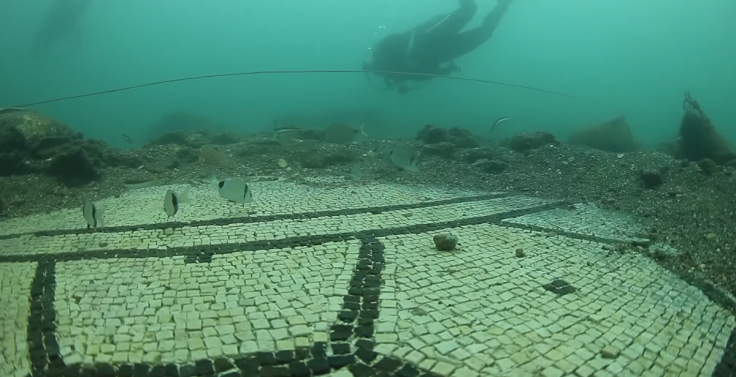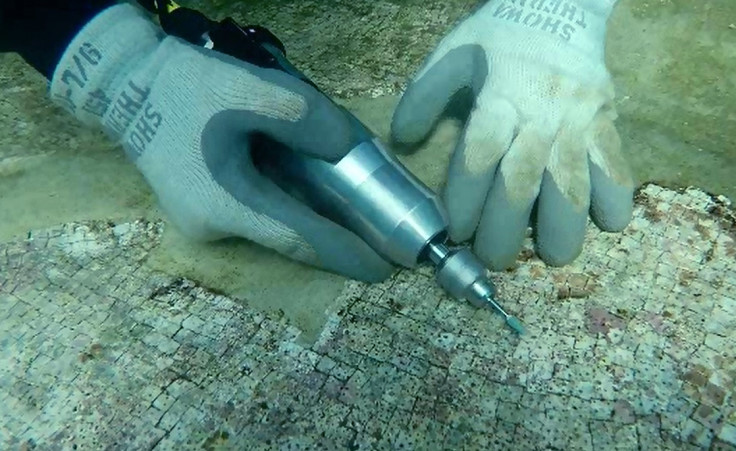Ancient Rome: Luxury sunken city where Julius Caesar spent summers was built with imported marble

The very best of ancient Rome's marble came from Turkey, Greece and other parts of Italy itself, say researchers from the Spanish Foundation for Science and Technology. Underwater excavation showed that the city of Baia – where Roman emperors would spend their summers – only used the highest quality marble available, indicating its importance across the empire.
This submerged city once housed villas owned by famous emperors including Julius Caesar, Augustus and Nero between the 1st Century BC and 3rd Century AD, and was used as a summer haven. It was known for its large swimming pools, Roman baths, and its deep underground channels that made entire rooms act as saunas.

Over the years, the city has gradually been forced underwater due to local volcanic activity wearing away the coast. The old Roman ruins are now five metres underwater.
The white marble from these underwater villas was tested by experts, and the results were published in the journal Applied Surface Science. They discovered the highly valuable rock, which was used to decorate the villas of Baia, came from quarries in Carrera in Italy, Thassos, Paros and Pentelikon in Greece, and Proconnesos, Docimium and Aphrodisias in Turkey.
"When working with built cultural heritage, it is important to know where the marble originated so that its deterioration compared to reference materials can be determined," said Monica Alvarez de Buergo, a researcher working on the study.

"The variety and quality of the marble identified highlight the importance held by this area in the past seeing as it yielded the best ornamental marble of that time period, and this helps to determine the trade routes that were used at that point in time during the Roman Empire."
In order to find the results, the researchers had to scuba suit-up, and carry out their research in the underwater archaeological site in Baia.
When excavating, the archaeologists collected 50 samples of marble, all measuring no more than a few centimetres long. The samples were then taken back to the lab for chemical analysis.
Four different stages of examination was used on the marble.
"First, thin layers of the collected marble were observed using a petrographic microscope," said Alvarez de Buergo. "Then, the mineral composition of the marble was studied using X-ray diffraction and the manganese content was determined (with Inductively Coupled Plasma Mass Spectrometry). Scanning Electron Microscopy (SEM) was then carried out and various isotopes were analysed."
The results showed that the marble came from seven of the most valuable quarries across Italy, Turkey and Greece. Just five of the 50 samples tested could not be identified.
White marble was used extensively across the Roman Empire for decoration of buildings and statues. As times progressed, coloured marble was also used – symbolising the country it originated from – for example, purple marble came from Egypt.
© Copyright IBTimes 2025. All rights reserved.






















